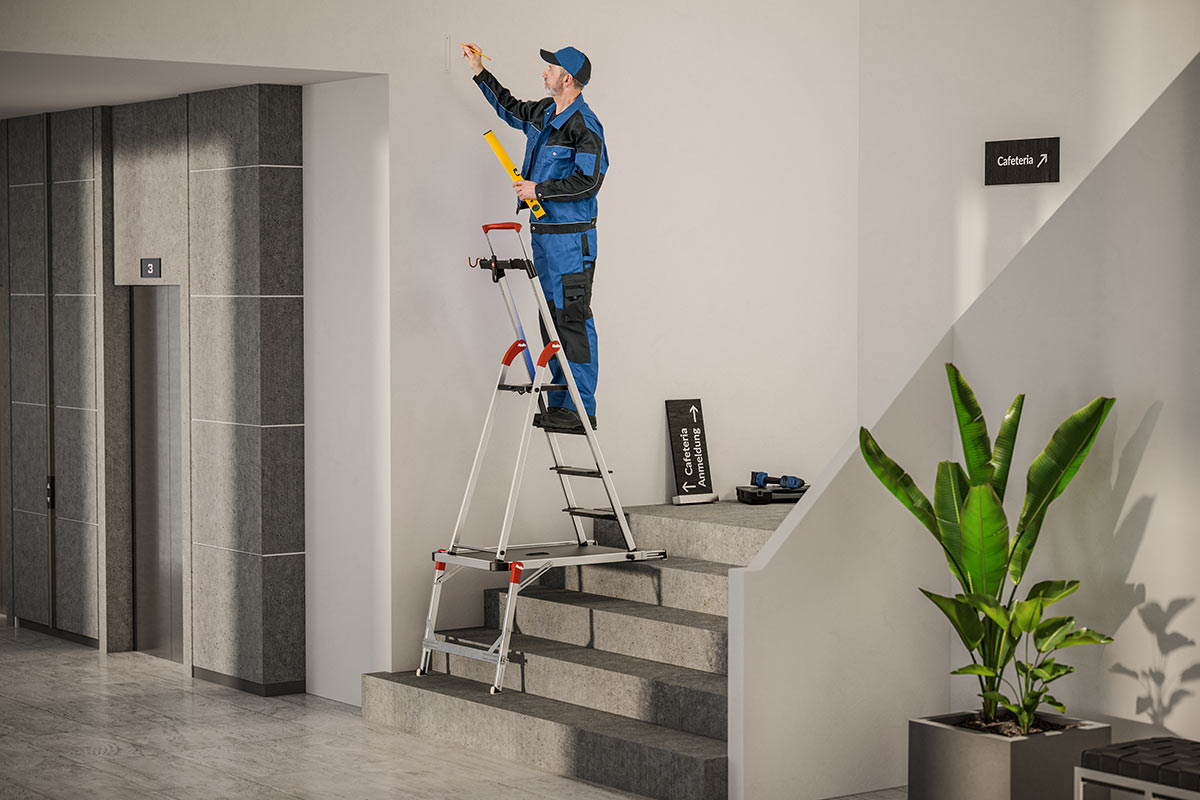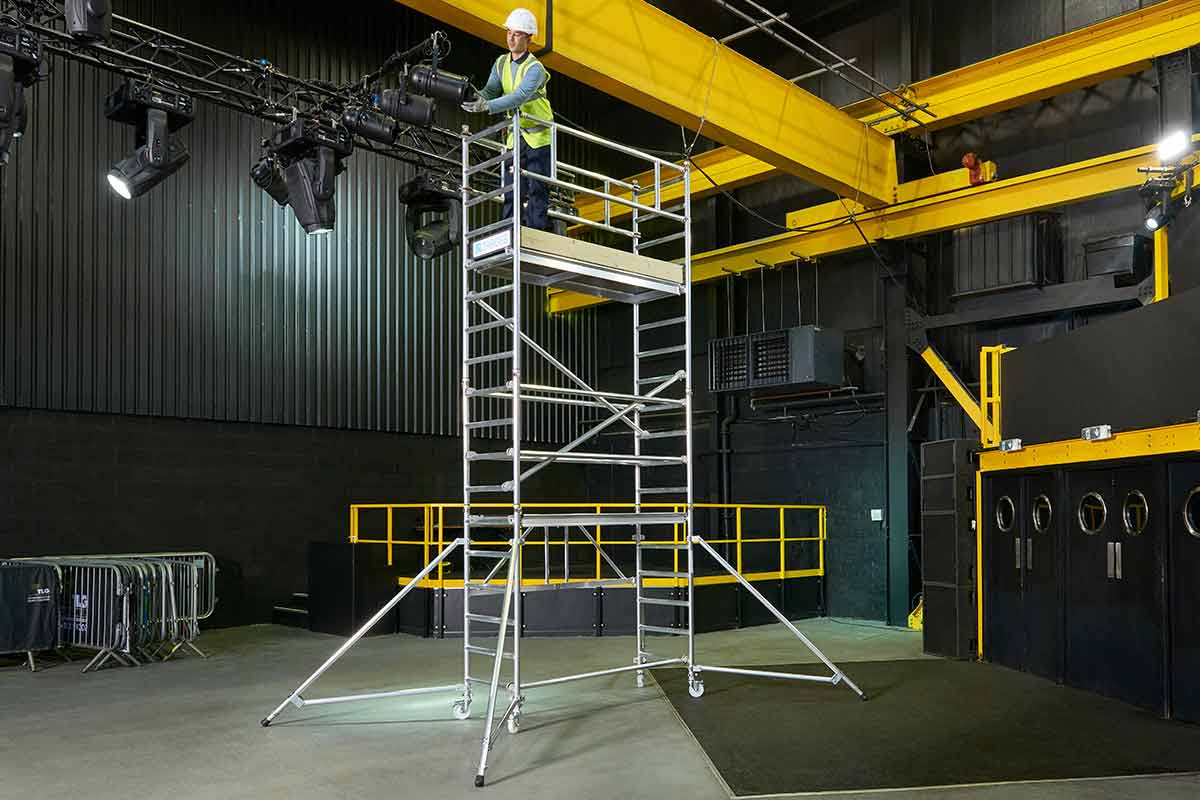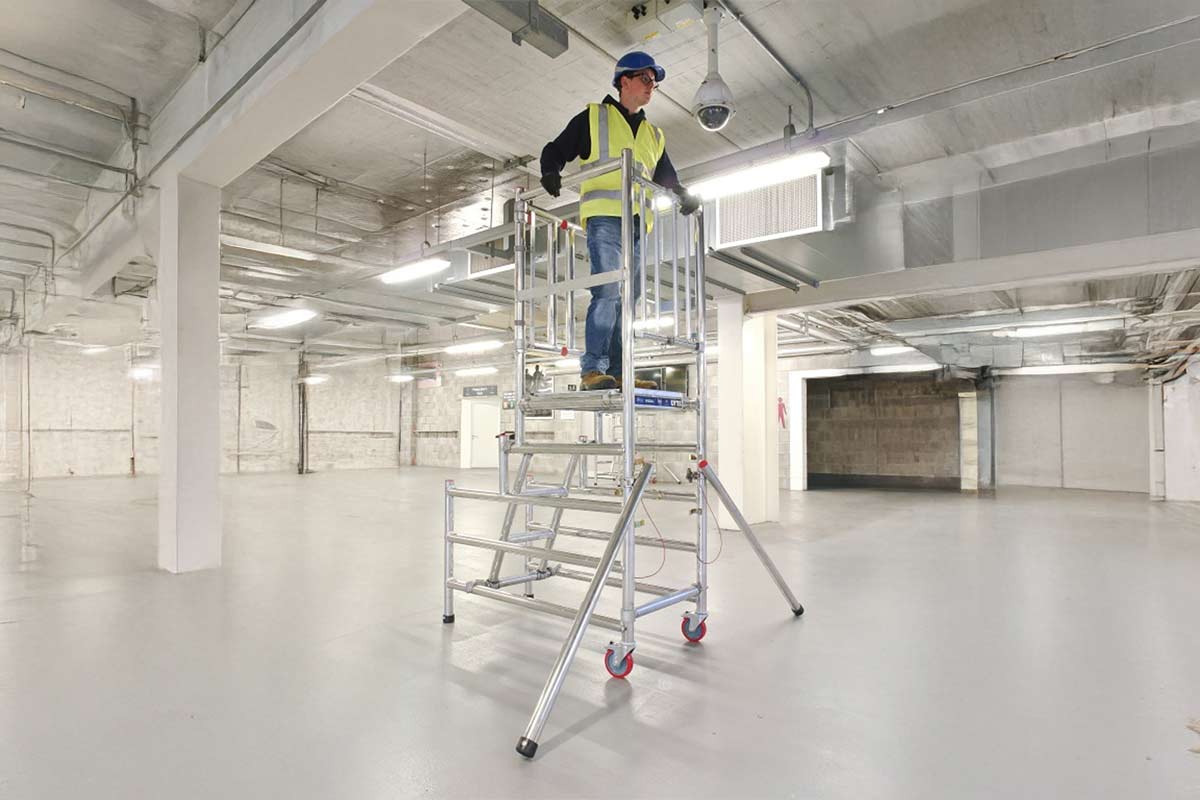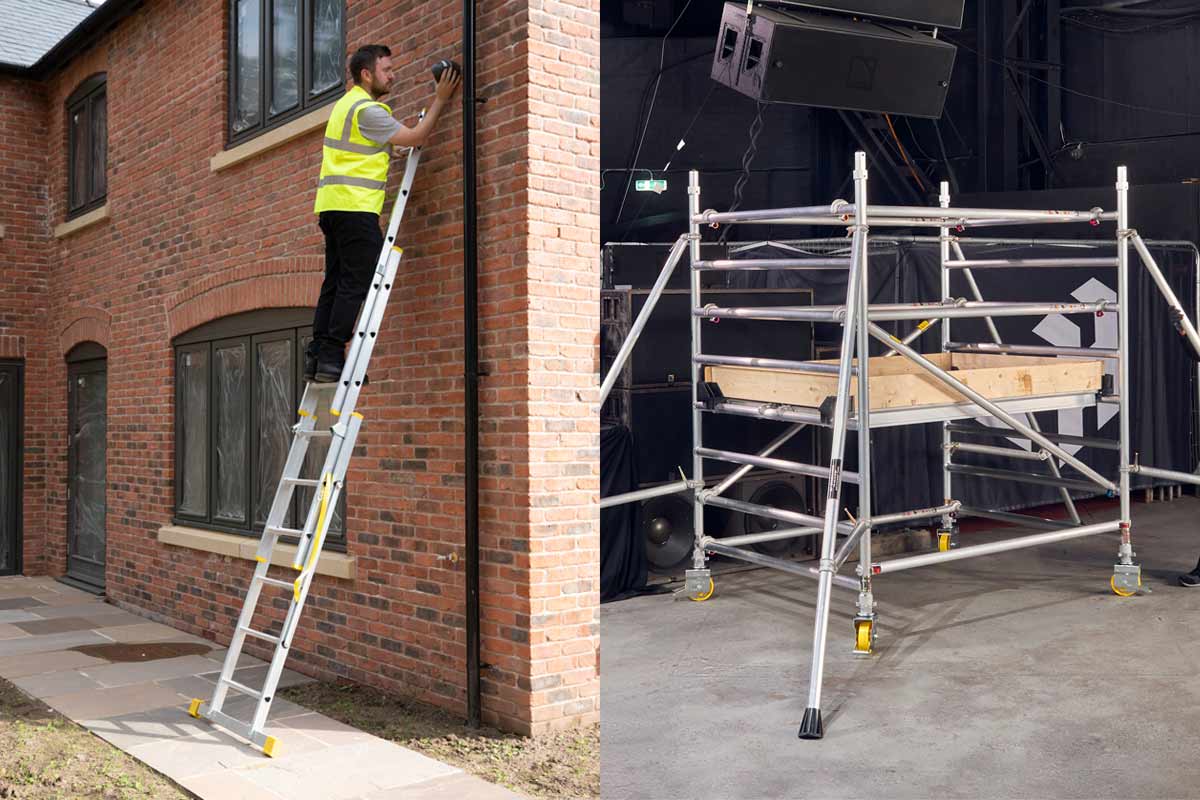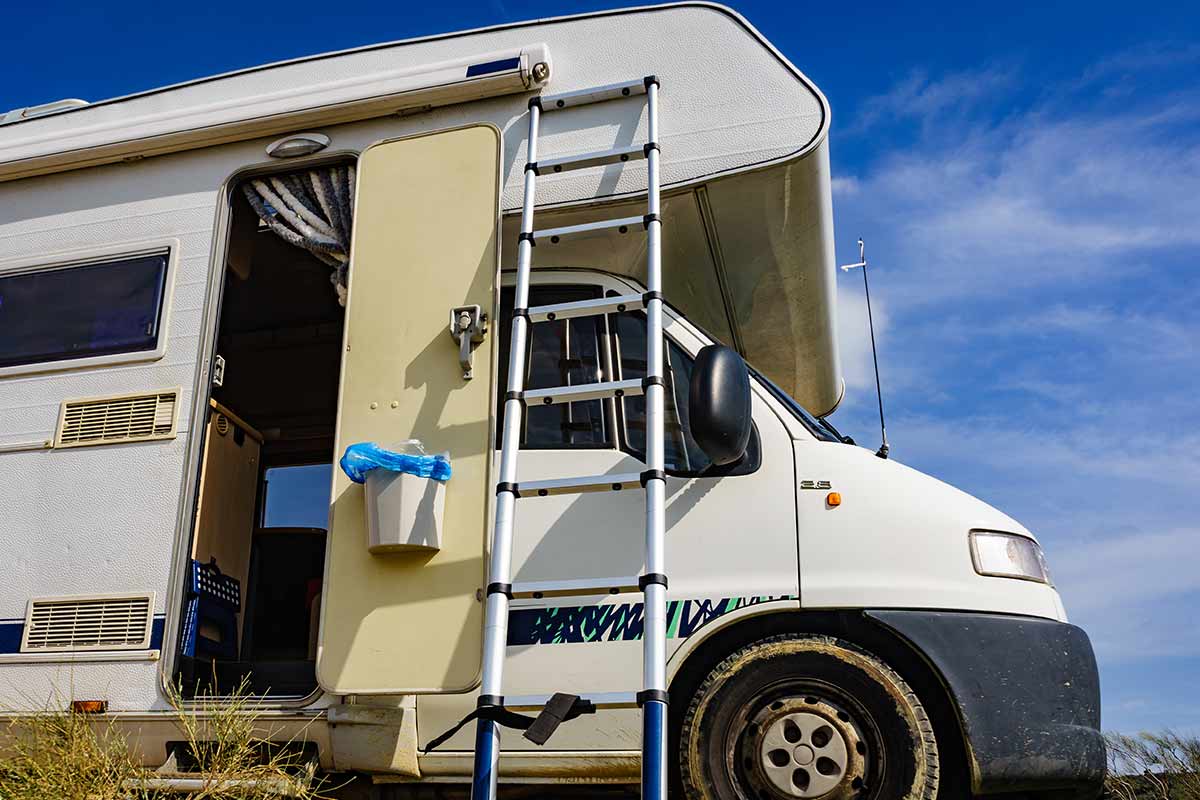Aluminium vs Fibreglass vs Steel Ladders: Which One to Choose
July 11, 2025 | Nate Cord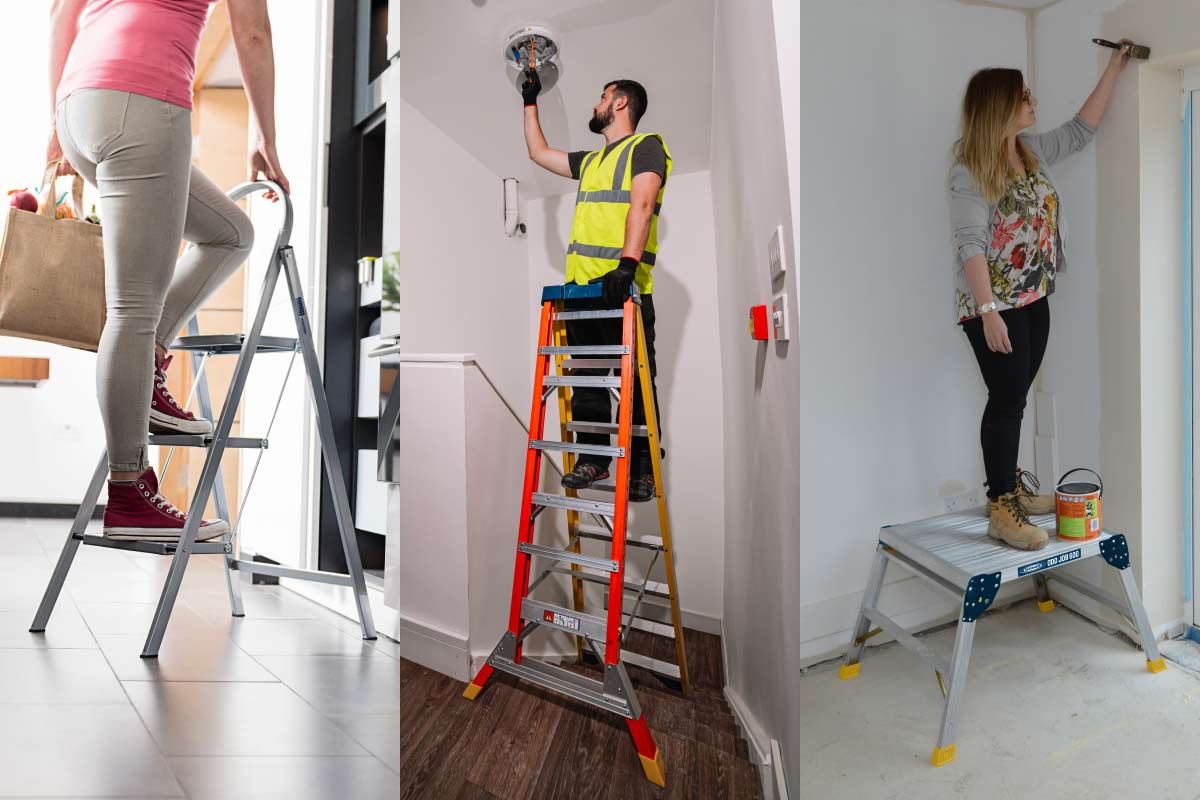
Choosing the right ladder comes down to more than just height, you need to pick the right material too. Aluminium, fibreglass and steel have different strengths, making them more or less suitable for different jobs. In this guide, we’ll help you understand which of these ladders suits your job and requirements best.
Why Does Ladder Material Matter?
As well as the fact that each material offers unique benefits suited to particular conditions, applications or preferences, choosing the right ladder material is essential for safety on the job. For instance, fibreglass is non-conductive, making it the only option for electrical work, whereas aluminium is a conductive material and is therefore unsafe for the same job.
To help you better understand this, we’ll break down the pros and cons of each ladder material and what jobs this makes them best for, so you can decide what ladder you need.
Pros of Aluminium Ladders
Aluminium ladders are easy to carry and reposition, which makes them ideal for when you’re moving about a lot, whether between or within a job. This is because their alloys make aluminium ladders 25% lighter than fibreglass equivalents. Perfect for tradespeople who move ladders between jobs, such as window cleaners or roofers!
Aluminium also doesn’t rust, giving it a long-lasting finish. A simple rinse removes debris, making it reliable for gardening, gutter maintenance, or coastal trades.
Plus, aluminium ladders are one of the more budget-safe ladder options (£60 – £300 and lasting 10- 15+ years), and are available at most retailers. As long as you purchase an aluminium ladder with an appropriate weight rating and take care of it, it should give you many years of service.
Cons of Aluminium Ladders
Aluminium ladders are conductive, making them unsafe for use near electricity or power lines. Their rungs can also become extremely hot in direct sunlight or near heat sources, which might require you to wear protective gear. In sub-zero conditions, aluminium becomes more brittle, increasing fracture risks.
These ladders are also more malleable, which means they are more prone to bending, warping or deforming under stress or over time (in particular if there is repeated flexing). This is particularly noticeable on uneven surfaces or when supporting heavier loads. Fibreglass and steel, on the other hand, are more rigid and better suited for >150kg dynamic loads.
Best used for: General DIY, painting, gardening, and other light work and trades away from power sources.
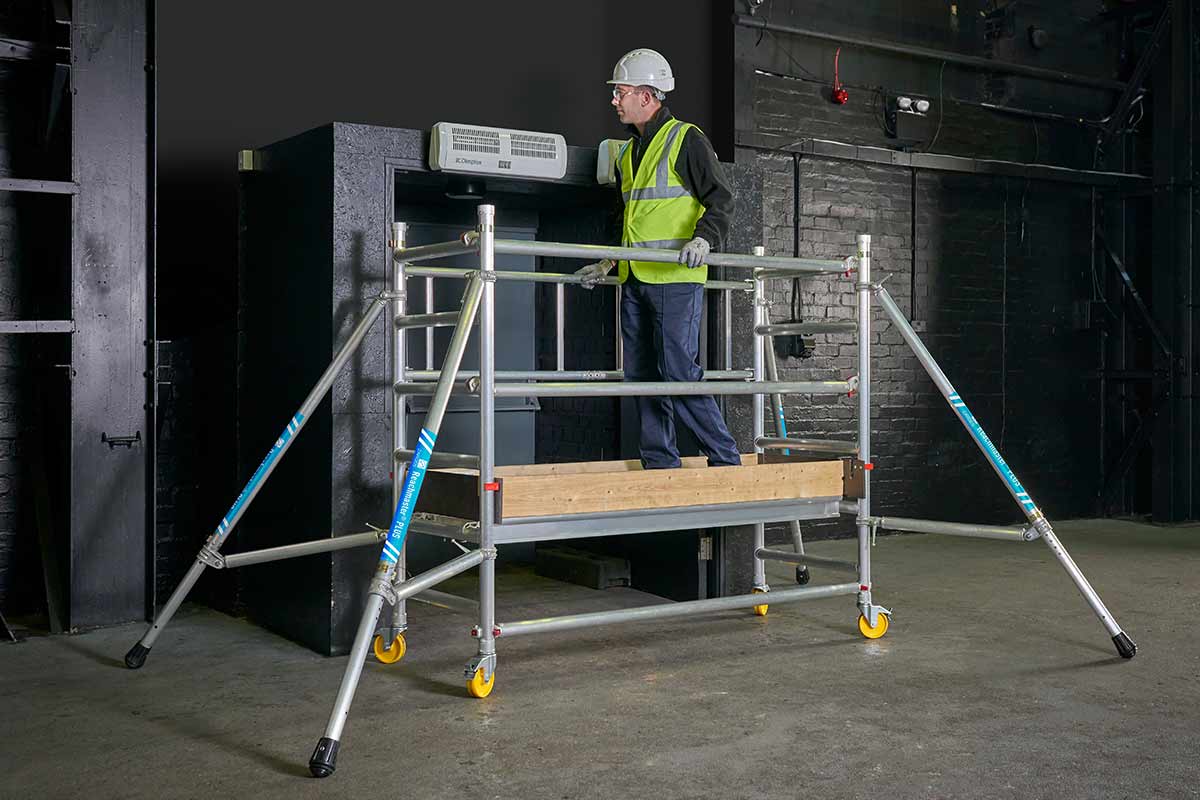
Pros of Fibreglass Ladders
Fibreglass ladders are non-conductive, making them safe for electrical work, this is the only option for those working near power lines, substations or any live electrical environments. Unlike metals, its glass-reinforced polymer construction provides dielectric insulation rated up to 30,000 volts, even when wet.
Their rigid, strong construction also makes them highly durable and resistant to bending or deformation, even under substantial pressure or in tough weather conditions (fibreglass won’t rust and is resistant to corrosion). That said, while fibreglass withstands heat and moisture well, it can degrade under UV exposure.
Cons of Fibreglass Ladders
The downside of fibreglass ladders is that they can be hard to move, especially if working on your own. Plus, their heavy-duty build makes them more expensive upfront. That said, you can’t compromise, a non-conductive fibreglass ladder is essential for work near power lines, substations or any live electrical environments.
Just keep in mind that while fibreglass withstands moisture well, it degrades under prolonged UV exposure and can be more prone to dry rot and cracks. Leaving it outdoors weakens the resin over time, so indoor storage is essential.
Fibreglass is also as much as 50-100% more expensive than aluminium, but again, you can’t put a price on your safety on the job, it’s a must for electrical environments.
Best used for: Electrical tasks and outdoor work at height.
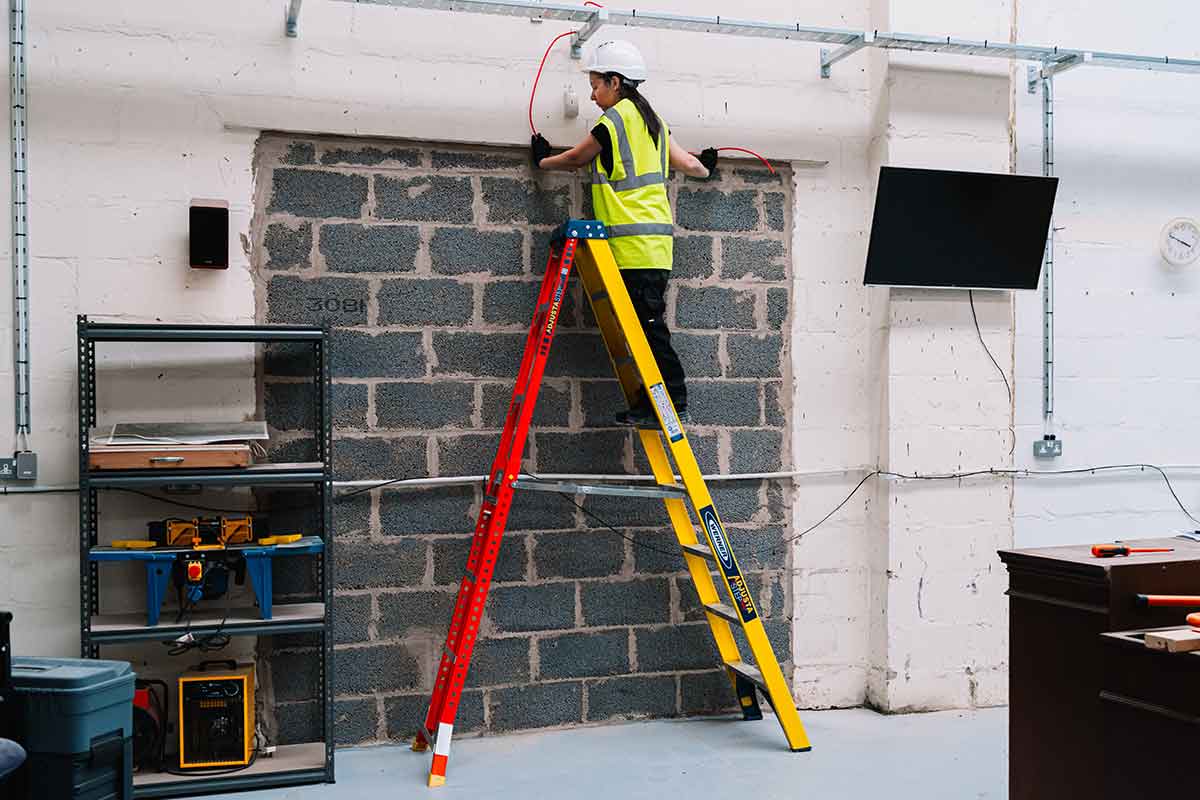
Pros of Steel Ladders
Steel ladders are perhaps the toughest of the three types, able to handle heavy-duty industrial work. These are often cheaper than fibreglass for a higher load capacity, but are conductive, making them unsuitable for electric work.
Cons of Steel Ladders
The heavy-duty nature of a steel ladder means these are difficult to transport from site to site, and put you more at risk of fatigue and musculoskeletal injuries during transport.
As the heaviest of the three (2-3x heavier than aluminium), a steel ladder is therefore often best reserved for permanent installations, like warehouse access steps, where weight isn’t as much of a concern.
Plus, their corrosion resistance is non-existent; steel rusts aggressively when exposed to moisture, salt air or chemicals, so these need a protective coating to avoid rust.
As touched on above, steel ladders are also conductive, so they can’t be used near live power (the risk is even higher than aluminium when wet or corroded). Similar to aluminium, the rungs can also become too hot in the summer sun.
Best used for: Warehousing, loading bays, and indoor industrial environments.
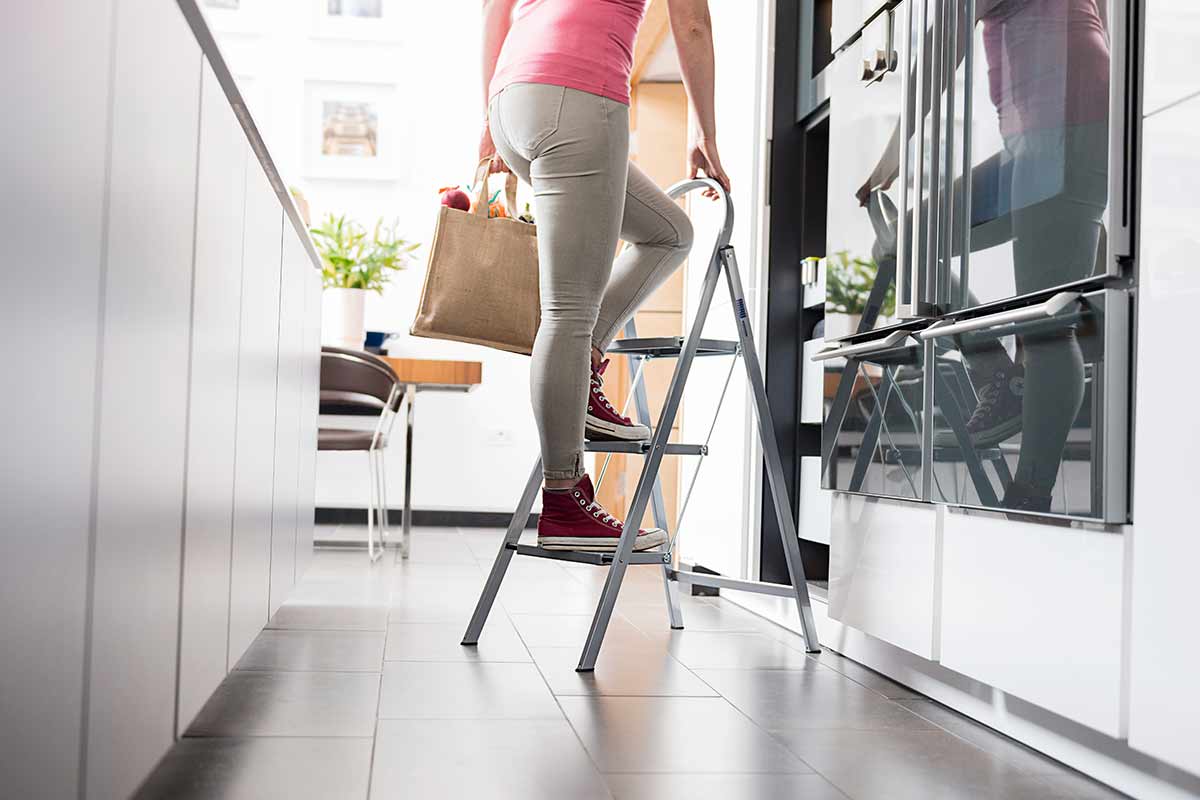
Let’s recap the main features and ideal use cases for aluminium, fibreglass and steel ladders.
| Material | Weight | Electrical Conductivity | Durability & Weather Resistance | Cost | Ideal Use Cases |
|---|---|---|---|---|---|
| Aluminium | Light – easiest to move and reposition | Conductive – unsafe near electricity | Corrosion-resistant in normal conditions; can dent or warp under stress or extreme heat | Low – typically £60–£300; lifespan ~10–15 years | General DIY, painting, gardening, and light trade work |
| Fibreglass | Heavy – more rigid, less portable. | Non‑conductive – safe for electrical and live environments | Excellent chemical and corrosion resistance, but UV exposure can degrade the resin over time | High – ~50–100% more than aluminium; better long-term value | Electrical work, professional trades, outdoor and industrial use |
| Steel | Heaviest – 2–3× heavier than aluminium | Conductive – not for use near electricity | Extremely strong and durable indoors, but rusts without a coating | Medium – cheaper than fibreglass for heavy-duty use | Warehouses, loading bays, fixed installations |
How to Choose Between Aluminium, Fibreglass & Steel Ladders
This should have helped you to determine when you would need each type of ladder. But if not, we’ve broken it down further. Here’s what to consider when choosing between aluminium, fibreglass and steel ladders.
1. Will you be near electricity?
Yes → Fibreglass
No → Proceed
2. Does the ladder need to be highly portable?
Yes → Aluminium
No → Proceed
3. Is the ladder for heavy-duty indoor tasks?
Yes → Steel
Otherwise, fibreglass is used for stability, and aluminium is used for cost.
4. Are you on a budget?
Short-term/light use → Aluminium
Long-term & safety-critical → Fibreglass
If you require additional advice or have a question for our team on ladders or other access equipment, don’t hesitate to get in contact using this form or via phone at 01639 849847.
Looking for a reliable aluminium, steel or fibreglass ladder? At Ladders4Sale, we offer a range of ladders, platforms, steps, towers and accessories for all trade and do-it-yourself jobs at unbeatable low prices. Better yet, all of our products come with lifetime support – after your initial purchase, we continue to provide ongoing support and assistance for free. In addition to this, all orders come with free shipping to the mainland UK.
Be the first to know the latest industry news and offers
